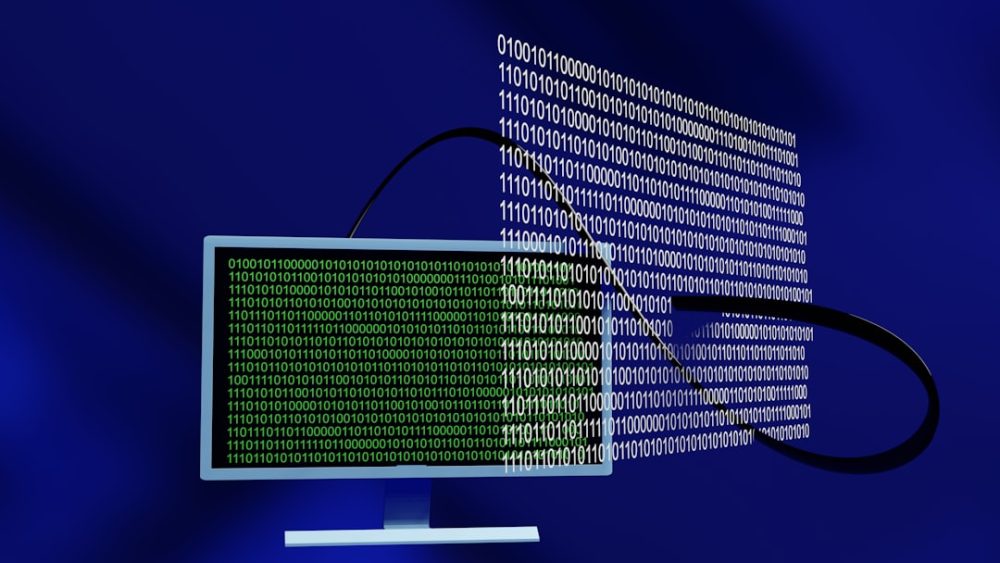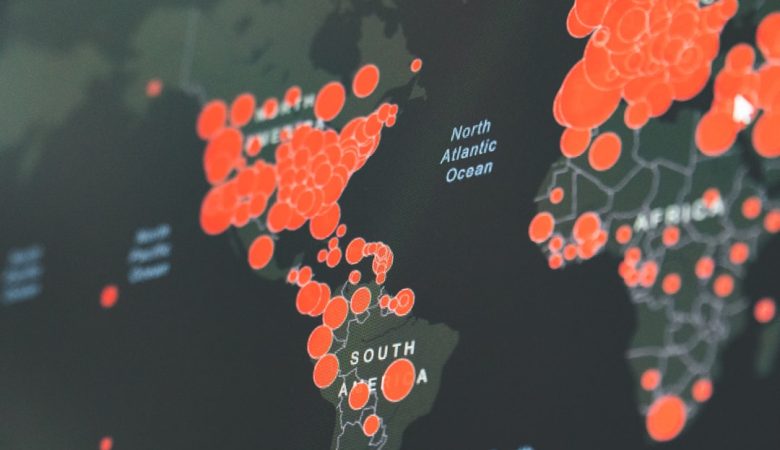With the rise of digital content and the increased availability of online resources, ensuring content originality has become more important than ever. Plagiarism, whether intentional or accidental, can have serious ethical and legal ramifications. To address these concerns, various plagiarism detection tools have been designed to help educators, editors, publishers, and researchers maintain academic and professional integrity. But are there different types of plagiarism detectors? The answer is yes—plagiarism detection tools vary significantly in terms of functionality, purpose, and target users.
Understanding the Basics of Plagiarism Detectors
Plagiarism detectors are software tools that analyze text to identify instances of copied or closely paraphrased content without proper attribution. They operate by comparing a submitted document against multiple sources, which may include:
- Academic databases
- Web pages
- Published books and journals
- Student paper repositories
- Proprietary content archives
Most plagiarism detectors work based on a combination of algorithms, keyword matching, phrase recognition, and machine learning. However, the type and depth of detection largely depend on the kind of tool being used.
Types of Plagiarism Detection Tools
Plagiarism detection tools can be broadly categorized into the following types:
- Educational Tools: Designed primarily for academic institutions, these tools are integrated into learning management systems and allow professors to assess the originality of student assignments. Popular examples include Turnitin and SafeAssign. These tools not only check against web content but also search internal student submissions and proprietary databases.
- Online Freemium Tools: Easily accessible via web browsers, these plagiarism checkers are popular among freelance writers, students, and bloggers. Tools like Grammarly, Quetext, and Small SEO Tools provide basic plagiarism scanning and are ideal for casual usage. They might not search institutional databases but are useful for comparing with public web content.
- Professional/Enterprise Software: These are advanced plagiarism detection systems used by publishing houses, legal firms, and media organizations. They incorporate extensive databases, customizable settings, and sometimes even linguistic pattern analysis. Examples include Copyscape Premium and iThenticate.
- Integrated Plagiarism APIs: Developers can integrate these detection algorithms directly into platforms such as content management systems (CMS) or learning platforms. These APIs, like PlagScan or Unicheck API, work behind the scenes and can be tailored to a specific workflow.
[ai-img]plagiarism, detection, software, types[/ai-img]
How Detection Capabilities Differ Across Tools
Each type of tool brings a set of features that vary in terms of thoroughness and reliability. Here are some key differentiators:
- Database Coverage: Not all tools have access to the same repositories. Academic tools may include access to paid research databases, whereas others can only scan public web pages.
- Algorithm Sophistication: Some software uses simple string-matching techniques, while more advanced ones deploy AI and natural language processing to detect paraphrased or translated content.
- Reporting and Accuracy: High-end tools offer detailed reports, including similarity percentages, cited sources, and level of match, while others only flag potential matches without much explanation.
- User Design and Integration: Tools intended for institutions often feature multi-user capability, role-based access, and integration into grading systems.
[ai-img]academic, writing, originality, online tools[/ai-img]
Considerations When Choosing a Plagiarism Detector
When deciding which plagiarism detection tool best fits your needs, it’s important to evaluate your goals and the level of precision required. Educators may prioritize comprehensiveness and integration with academic systems, while content creators may favor convenience and speed. Several factors to consider include:
- Privacy and data security
- Language support capabilities
- Real-time analysis options
- Cost versus frequency of use
Conclusion
Yes, there are indeed different types of plagiarism detectors, each tailored to specific needs and industries. While no tool offers a perfect or completely exhaustive solution, understanding the strengths and limitations of various platforms is the key to selecting the right one. Whether you’re an educator, student, publisher, or content creator, the tools available today offer significant support in promoting originality and maintaining ethical standards in written work.





